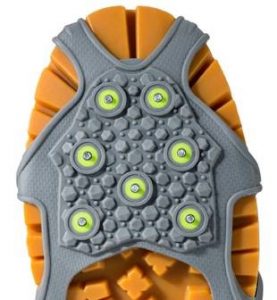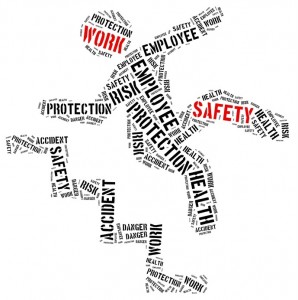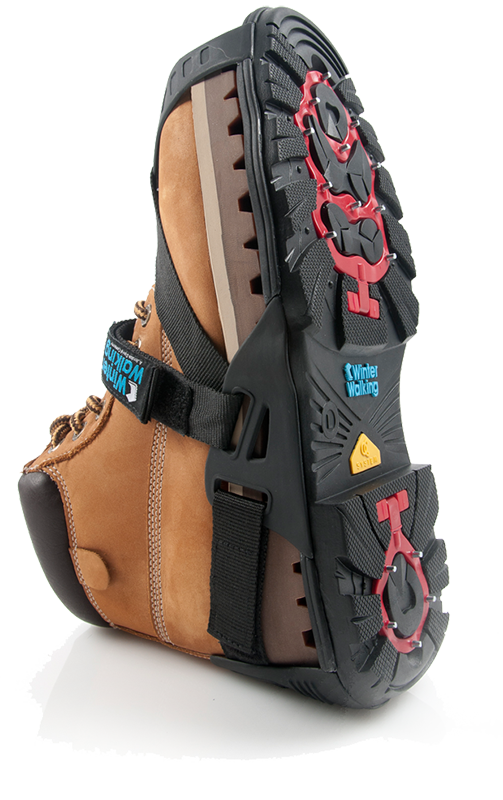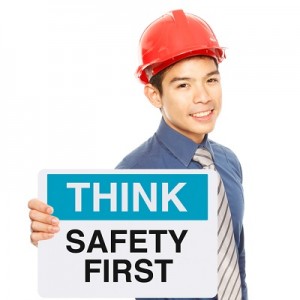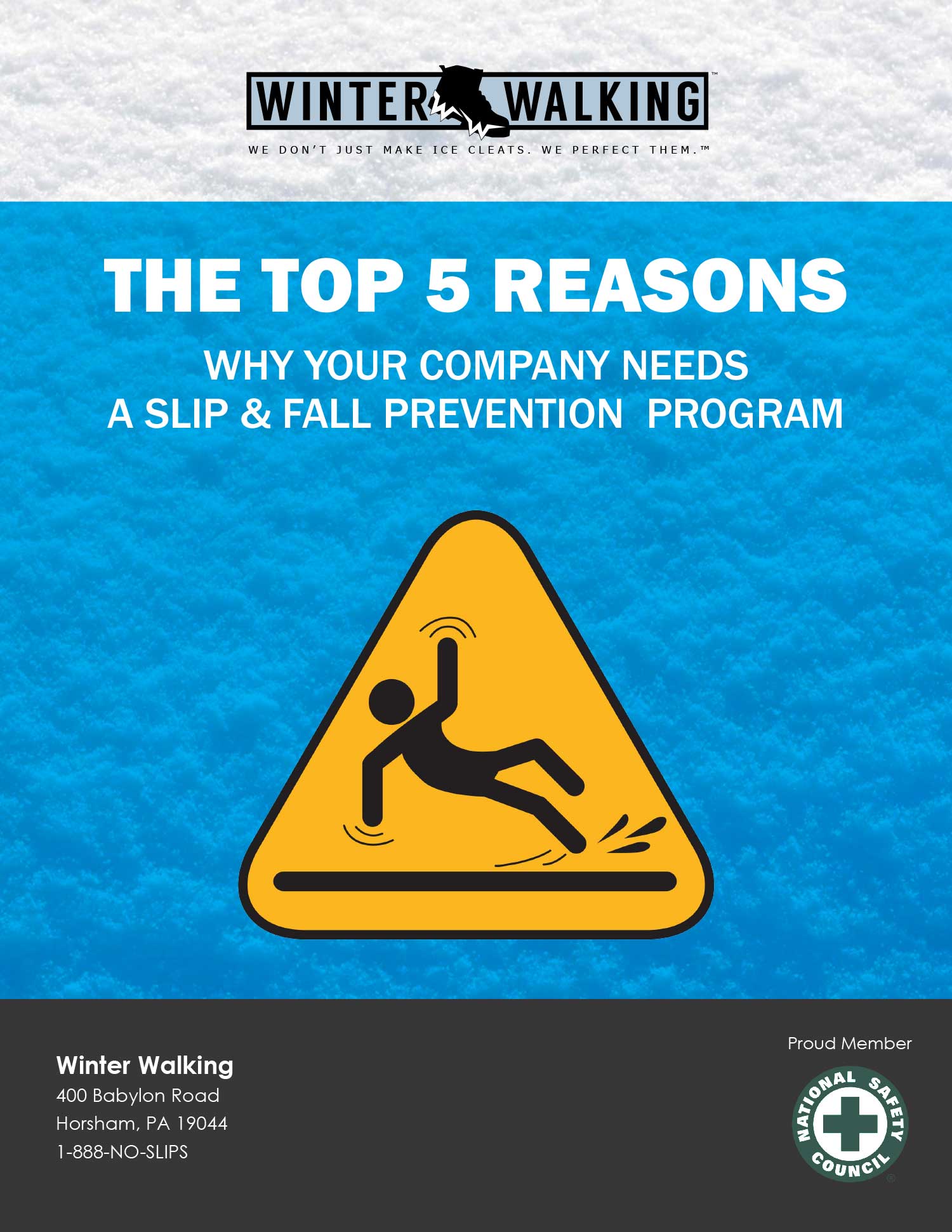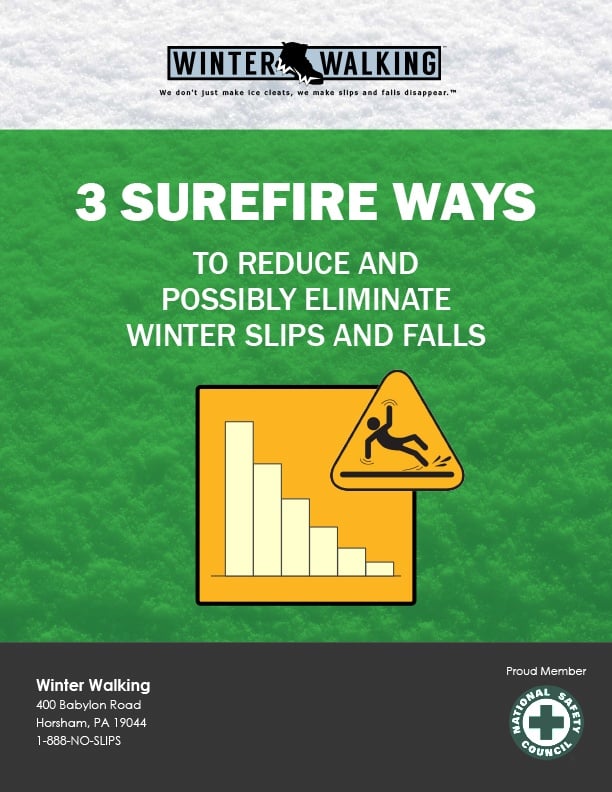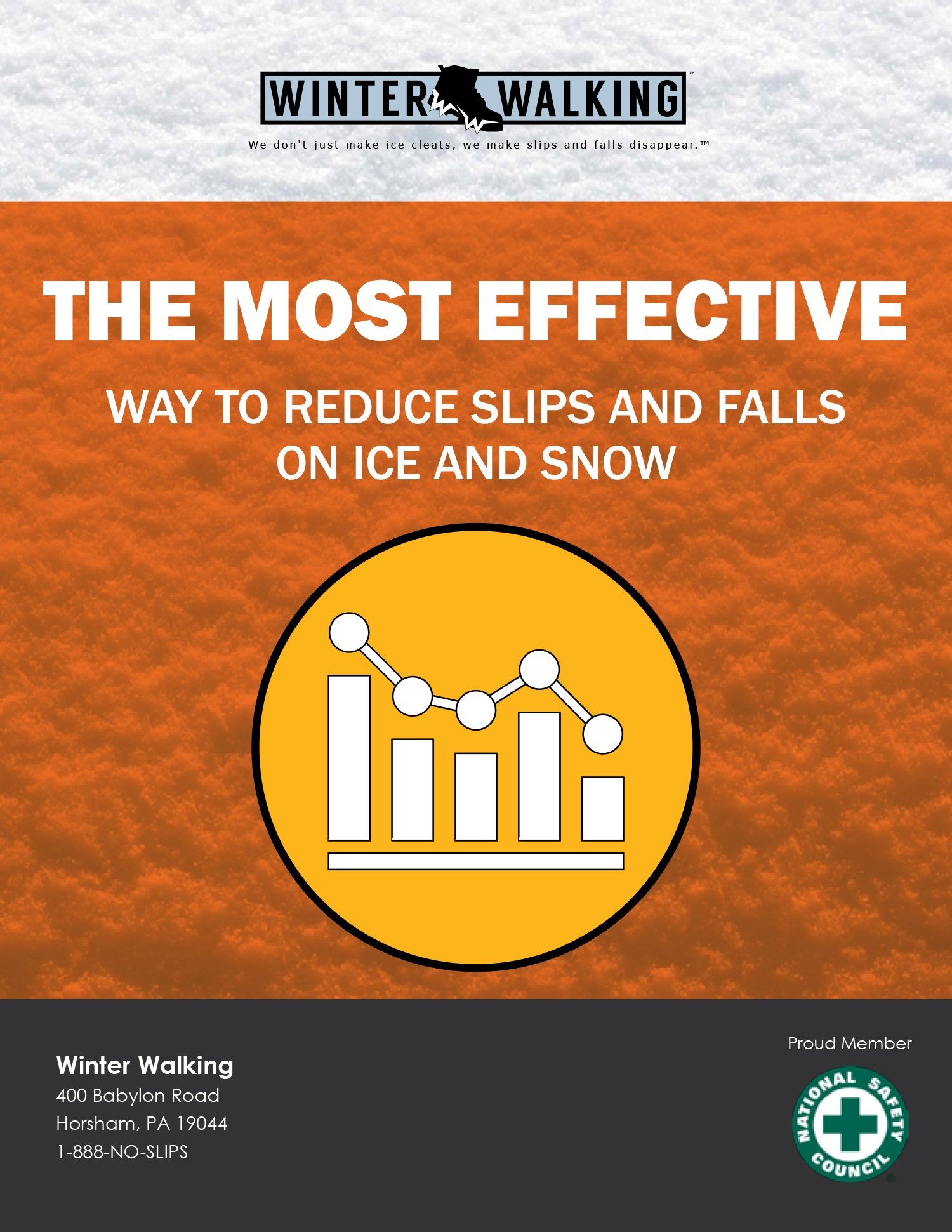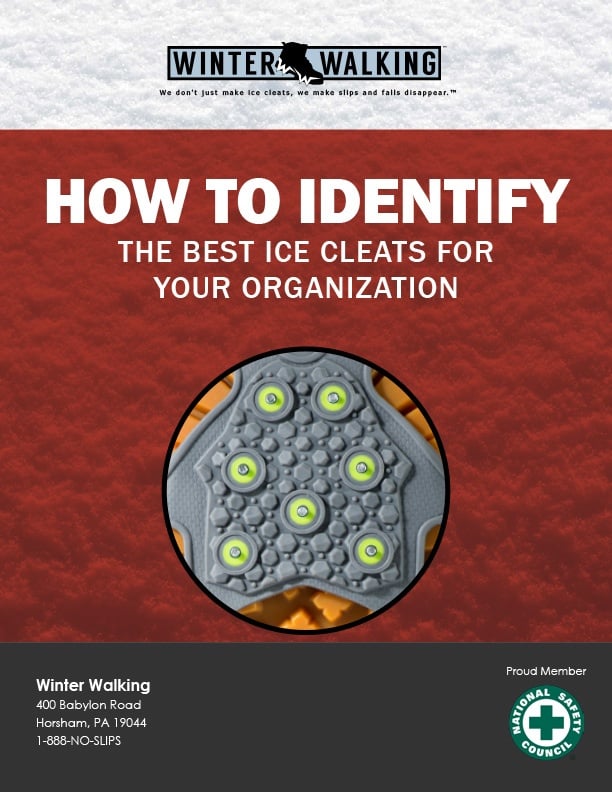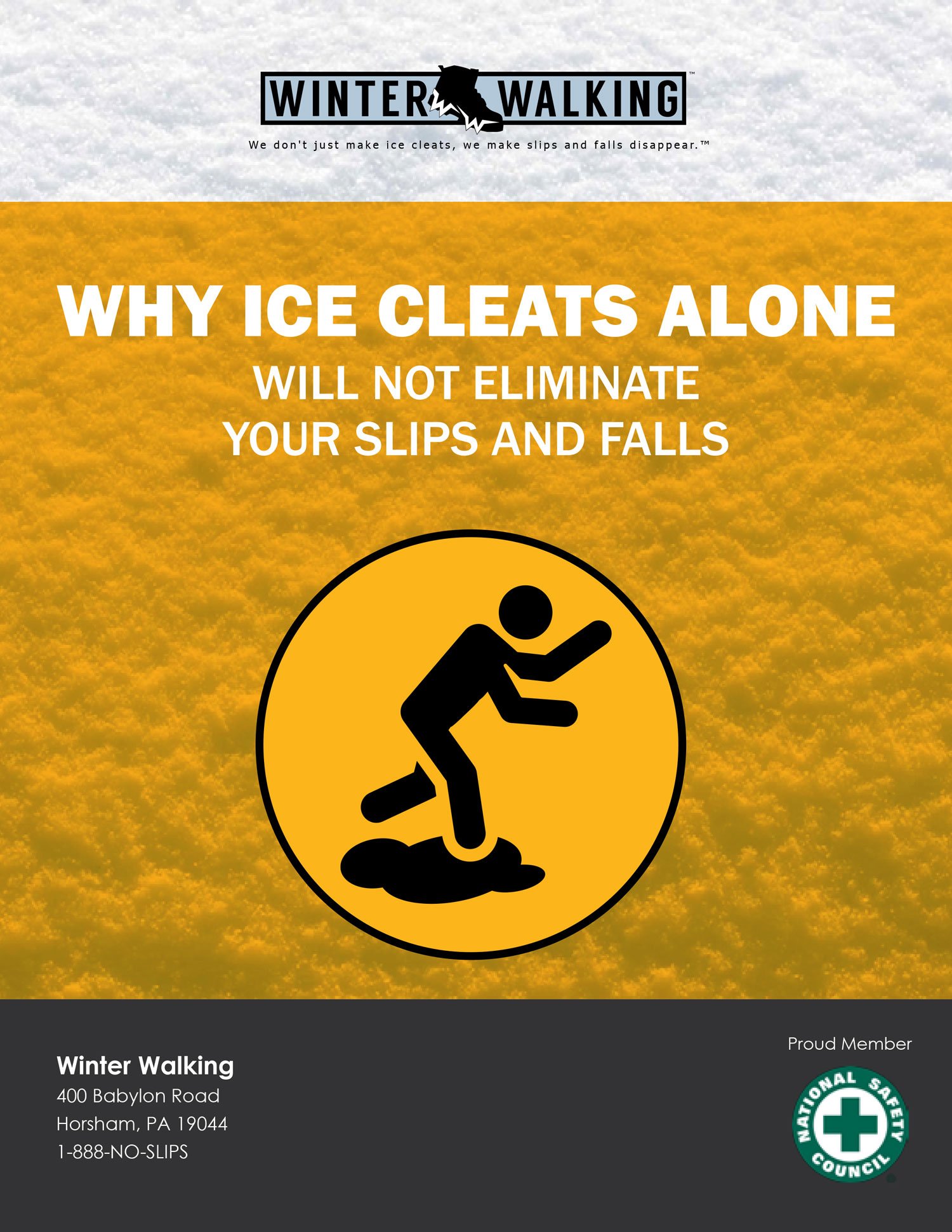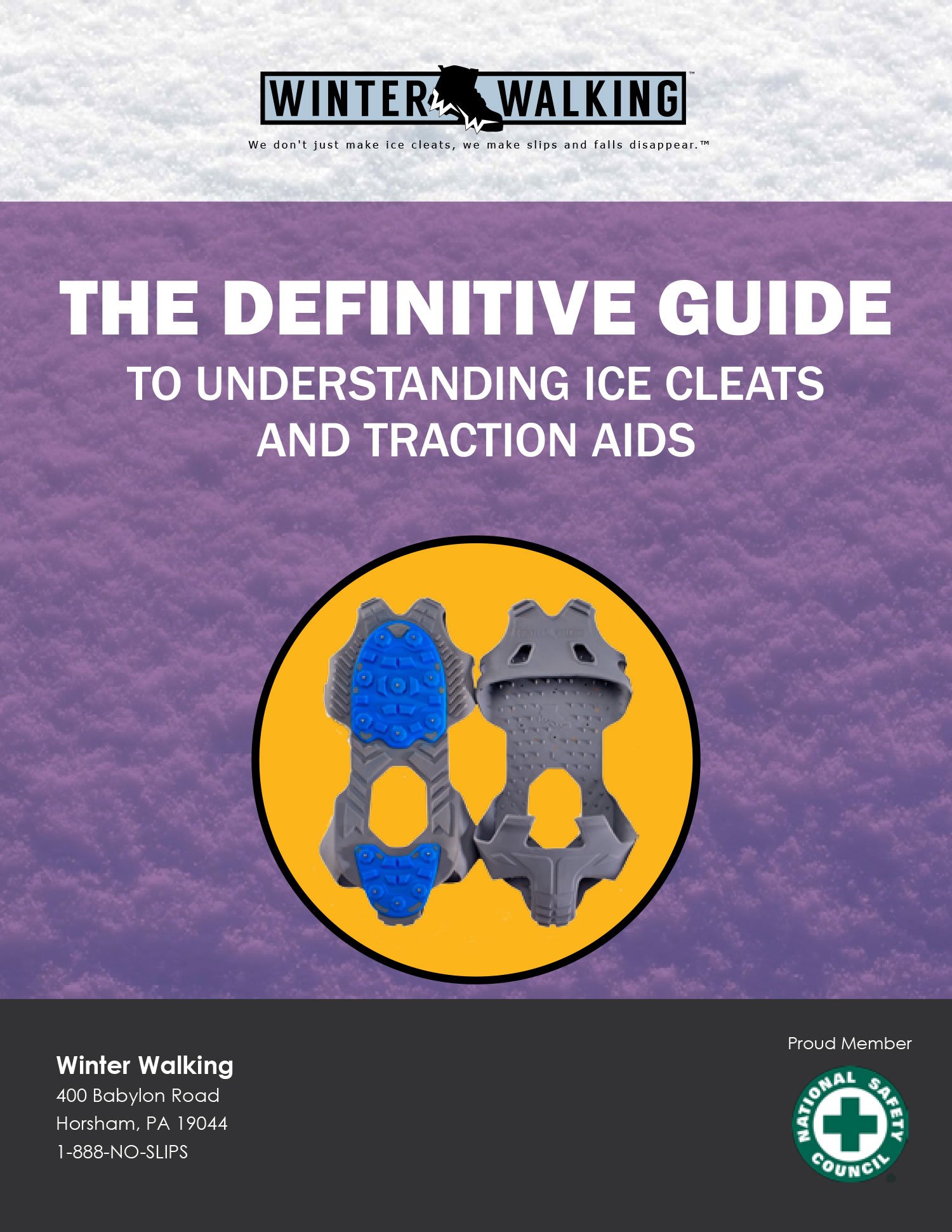As a safety manager, this is the time of year your attention turns to winter prep. Storms are right around the corner and reducing winter slips and falls is sure to be on your mind. So, have you started your search for the perfect ice cleat or traction aid? And if so, have you made your decision on whether to use replaceable or permanent spikes. If you’re still making that choice, here’s some info that may help. Replacing spikes in traction footwear is indeed a cost-saving option. It allows you to re-use existing footwear for just a few dollars a pair.
Continue Reading
If math frightens you, don’t worry. I’ll try to make this as painless – and as helpful – as possible. As a safety professional concerned about your workplace safety record, you’re planning on buying traction aids for your employees. So, it is fair to consider whether the item you are purchasing is too expensive. While you would generally expect a company to spend whatever it takes to keep everyone as safe as possible, that might not always be the case. As a matter of fact, from a pure numbers standpoint, it might even make sense to let the accidents happen.
Continue Reading
Most of you have a workforce that is required to work outside in winter. And your company has probably paid the price winter workplace safety hazards with slips and falls. A high price. So why is this still happening? Are you just too busy to address this problem adequately? Have you tried winter working gear like ice cleats or other traction aids that didn’t work? Have you given up because you are convinced that all ice cleats are the same? Whether you call them ice cleats, ice spikes or crampons, remember this: Just because other winter working gear like traction footwear looks similar doesn[…]
Continue Reading
Believe me, I’ve heard them all. But there are a few common excuses why safety professionals might avoid buying ice cleats. Here are the top six: They’re too expensive. My employees won’t wear them. Can’t wear them indoors. Can’t drive with them on. Employees won’t take care of them. We've tried everything and nothing works in our environment.
Continue Reading
Do any of these scenarios sound familiar? After a slip and fall incident, you purchased ice cleats but regretted the choice. You felt “rushed” into the decision and didn’t have the time to research properly. You purchased ice cleats at a big-box retailed, but your employees complained they couldn’t wear them indoors…or the cleats keep falling off…or they broke…or they take too long to put on.
Continue Reading
The calendar says it's September and I’m sure the last thing on your mind is winter slips and falls on ice and snow, right? But I wanted to share a quick story with you about one of the largest employers in the country. I’ve spoken with them for several years now trying to help them reduce their winter slip and fall incidents. As time passed, this company realized a critical flaw in their decision-making process –– they only had a concern for winter slips and fallsduring the winter months. They were always “reacting” and, therefore, never got the accident reduction they needed.
Continue Reading

